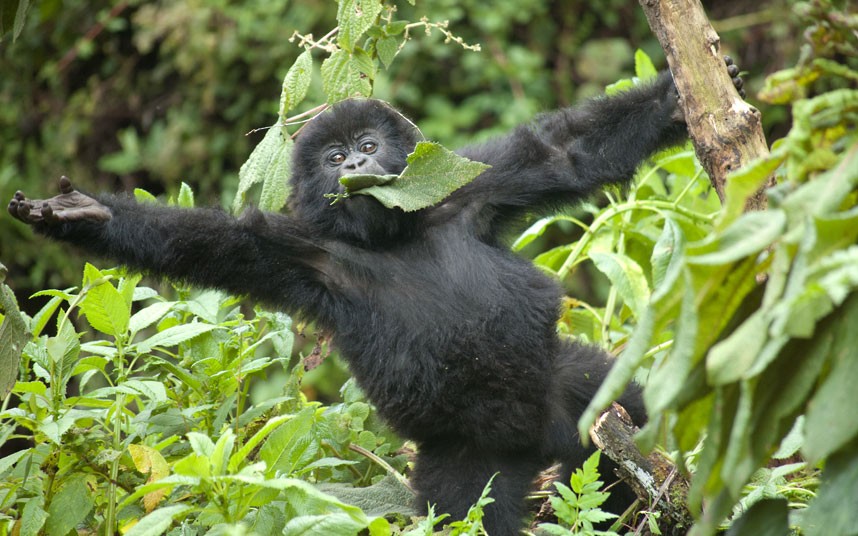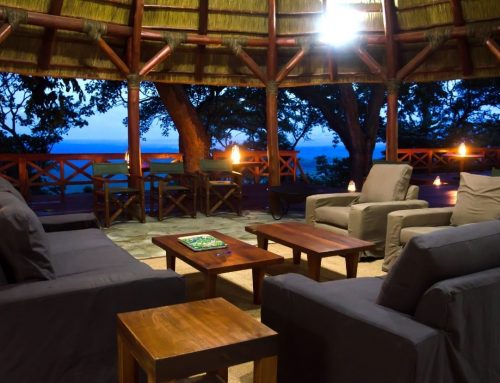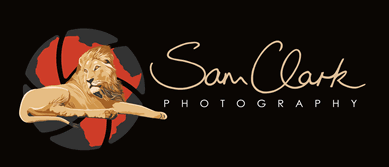Most people want to track mountain gorillas and there’s much debate as to which country offers the best mountain gorilla safari. They’re found in only three countries: Rwanda, Uganda and the Democratic Republic of Congo. Thankfully, their numbers are increasing – the latest census confirmed there are now over 1,000.
The best mountain gorilla safaris in Uganda are in Bwindi Impenetrable Forest National Park, with 13 groups and around 400 gorillas. Mgahinga National Park, while just as beautiful, lies within the Virunga Massif neighboring Democratic Republic of Congo and Rwanda, and has only one habituated group which sometimes wanders over the borders.
As with Rwanda, it’s a very smooth operation, with excellent rangers and trackers, and local communities benefiting from fees. The hiking can be tough there’s a reason it’s called impenetrable but some groups are easier to reach than others. And the permits cost just US$600.
Bwindi also offers the Gorilla Habituation Experience where you spend up to four hours with a semi-habituated group. They’re less predictable and not as docile as habituated groups, and it’s a fascinating, intimate glimpse into how gorillas gradually get used to humans. At US$1500, it’s the same price as one hour with Rwanda’s mountain gorillas.
Democratic Republic of Congo is the only country that has both lowland and mountain gorillas. Compared with Uganda and Rwanda, it’s the least visited, most adventurous and cheapest of the Virunga Mountains’ three homelands, with permits costing US$400.
Gorilla photography requires faster and higher-magnifications lenses than most other subjects. For gorillas, a 70-200 or similar lens should be more than adequate, possibly supplemented by a 28-70 or similar for wider angle pics. Elsewhere, a zoom that goes up to 300 is ideal, possibly supplemented by a fixed 400 or 500 lenses, with a fastest f-stop of 4 or better 2.8.
A tripod is useful to stabilize your camera in forests and for scenic shot. If you visit Akagera, bring a beanbag upon which to rest your lens to minimize the risk of camera shake; to save weight you can carry it empty to Rwanda and fill up with rice, beans or a similar instance after you arrive.




Leave A Comment